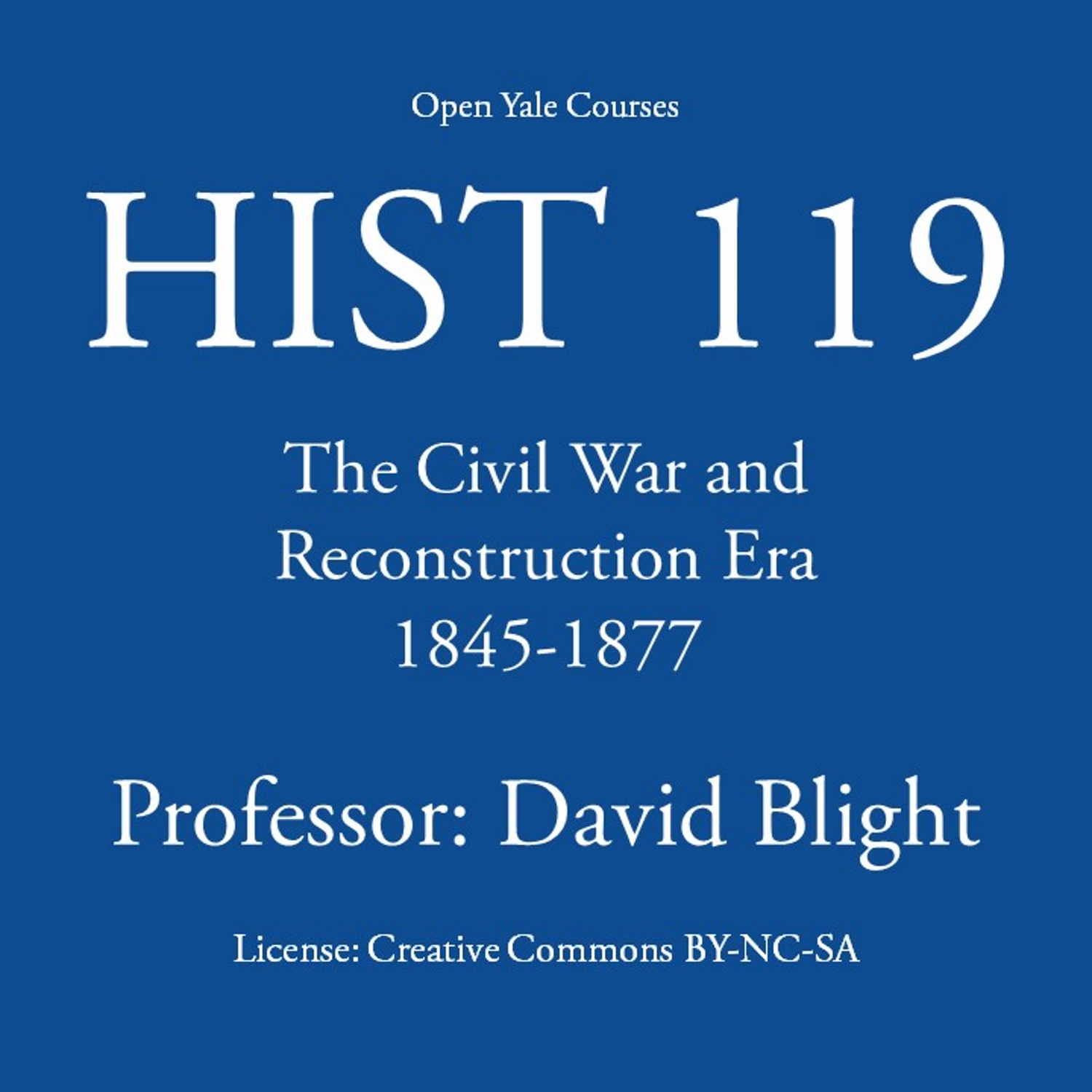Lecture 25 - The "End" of Reconstruction: Disputed Election of 1876, and the "Compromise of 1877"
Description
This lecture focuses on the role of white southern terrorist violence in brining about the end of Reconstruction. Professor Blight begins with an account the Colfax Massacre. Colfax, Louisiana was the sight of the largest mass murder in U.S. history, when a white mob killed dozens of African Americans in the April of 1873. Two Supreme Court decisions would do in the judicial realm what the Colfax Massacre had done in the political. On the same day as the Colfax Massacre, the Supreme Court offered a narrow reading of the 14th Amendment in the Slaughterhouse cases, signaling a judicial retreat from the radicalism of the early Reconstruction years. The Cruikshank case, two years later, would overturn the convictions of the only three men sentenced for their involvement in Colfax, and marked another step away from reconstruction. Professor Blight concludes with the Panic of 1873 and the seemingly innumerable political scandals of the Grant Administration, suggesting the manner in which these events encouraged northerners to tire of the Reconstruction experiment by the early 1870s. Transcript Lecture Page
More Episodes
Professor Blight finishes his lecture series with a discussion of the legacies of the Civil War. Since the nineteenth century, Blight suggests, there have been three predominant strains of Civil War memory, which Blight defines as reconciliationist, white supremacist, and emancipationist. The war...
Published 08/25/17
Published 08/25/17
Having dealt with the role of violence and the Supreme Court in bringing about the end of Reconstruction in his last lecture, Professor Blight now turns to the role of national electoral politics, focusing in particular on the off-year Congressional election of 1874 and the Presidential election...
Published 08/25/17


